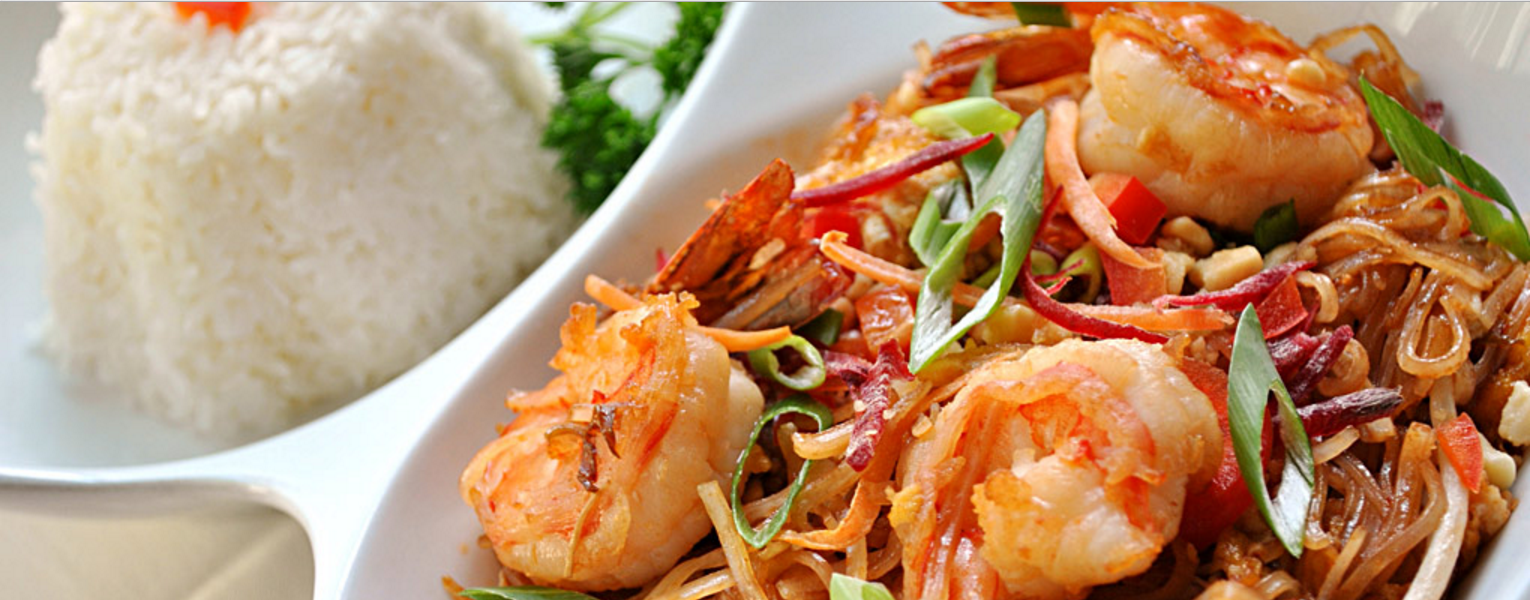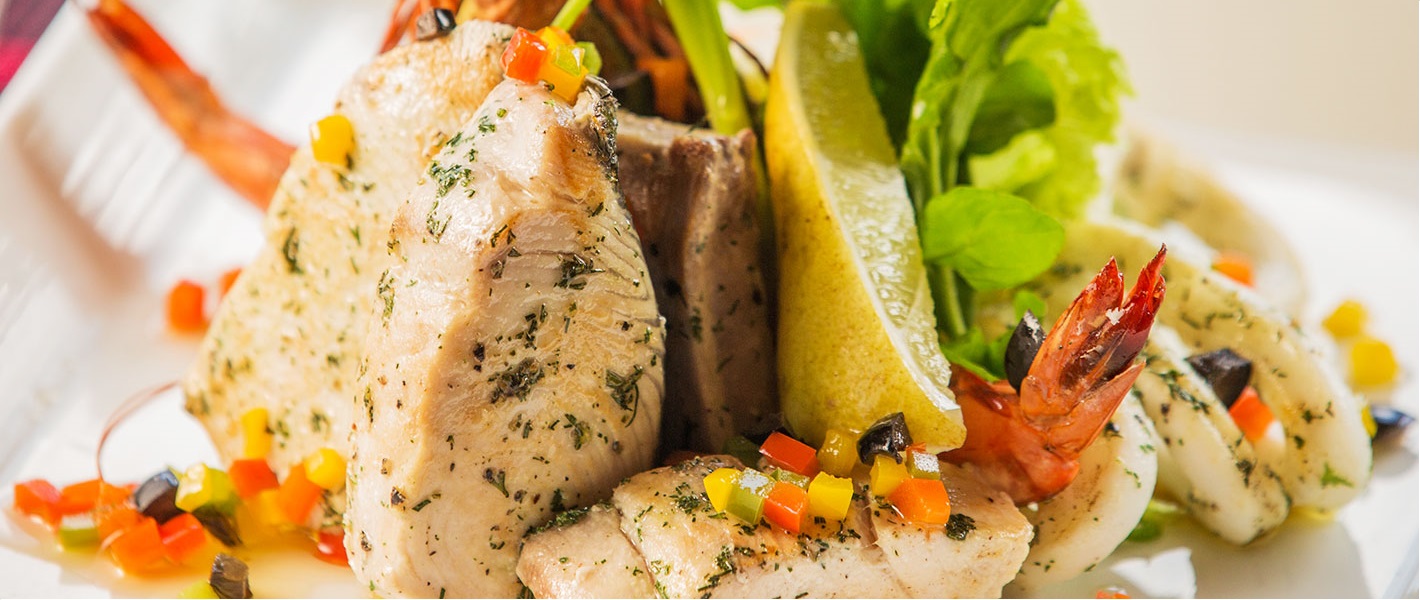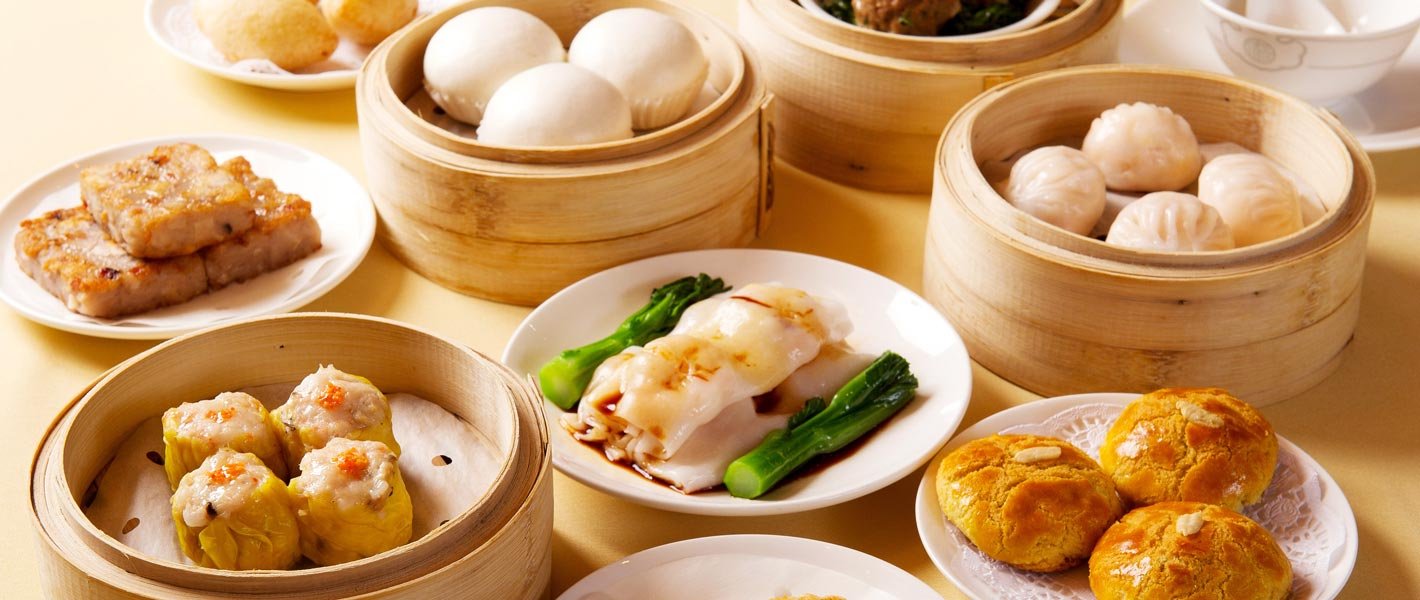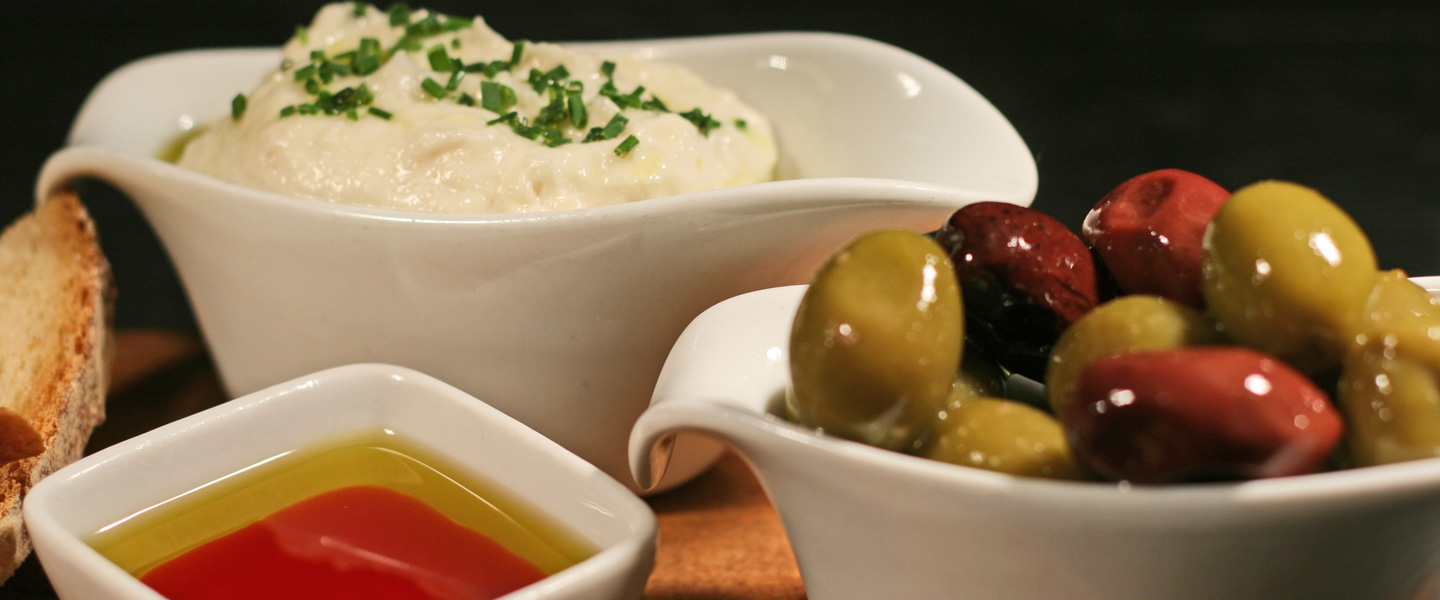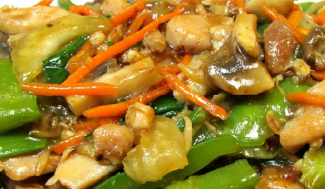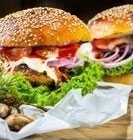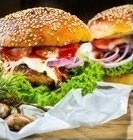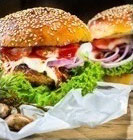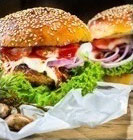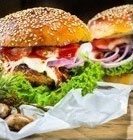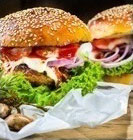Chop suey
Chop Suey(炒雜碎) is a quick stir-fry, including a little meat and a lot of vegetables, that's finished off in a savory, thick sauce. The dish is firstly in American Chinese cuisine and other forms of overseas Chinese cuisine. Oddly enough, the dish is almost never appeared in Chinese restaurants as “Chop suey” dish; in Chinese and other languages of somewhere.
Chop suey is widely believed to have been invented in the U.S. by Chinese Americans, but anthropologist E. N. Anderson, a scholar of Chinese food, traces the dish to tsap seui (雜碎/杂碎, "miscellaneous leftovers"), common in Taishan (Toisan台山), a county in Guangdong province, the home of many early Chinese immigrants to the United States. Hong Kong doctor Li Shu-fan likewise reported that he knew it in Toisan in the 1890s.
One account claims that it was invented by Chinese American cooks working on the transcontinental railroad in the 19th century. Another tale is that it was created during Qing Dynasty premier Li Hongzhang's visit to the United States in 1896 by his chef, who tried to create a meal suitable for both Chinese and American palates. Another story is that Li wandered to a local Chinese restaurant after the hotel kitchen had closed, where the chef, embarrassed that he had nothing ready to offer, came up with the new dish using scraps of leftovers. Yet recent research by the scholar Renqui Yu led him to conclude that "no evidence can be found in available historical records to support the story that Li Hung Chang ate chop suey in the United States." Li brought three Chinese chefs with him, and would not have needed to eat in local restaurants or invent new dishes in any case. Yu speculates that shrewd Chinese American restaurant owners took advantage of the publicity surrounding his visit to promote chop suey as Li's favorite.
Restaurants like this are now rare, but were once a common sight in the United States. Coincidentally, both restaurants are now named Far East Café.
Another myth is that, in the 1860s, a Chinese restaurant cook in San Francisco was forced to serve something to drunken miners after hours, when he had no fresh food. To avoid a beating, the cook threw leftovers in a wok and served the miners who loved it and asked what dish it was—he replied "chopped sui". There is no good evidence for any of these stories.
During his travels in the United States, Liang Qichao(梁啟超), a Guangdong (Canton) native, wrote in 1903 that there existed in the United States a food item called chop suey which was popularly served by Chinese restaurateurs, but which local Chinese people do not eat, because the cooking technique is "really awful".
In earlier periods of Chinese history, chop suey or chap sui in Cantonese, and za sui, in Mandarin, has the different meaning of cooked animal offal or entrails. For example, in the classic novel Journey to the West (circa 1590), Sun Wukong tells a lion-monster in chapter 75: "When I passed through Guangzhou, I bought a pot for cooking za sui – so I'll savour your liver, entrails, and lungs." The term za sui (杂碎) is found in newer Chinese-English dictionaries with both meanings listed: cooked entrails, and chop suey in the Western sense.
Read more




